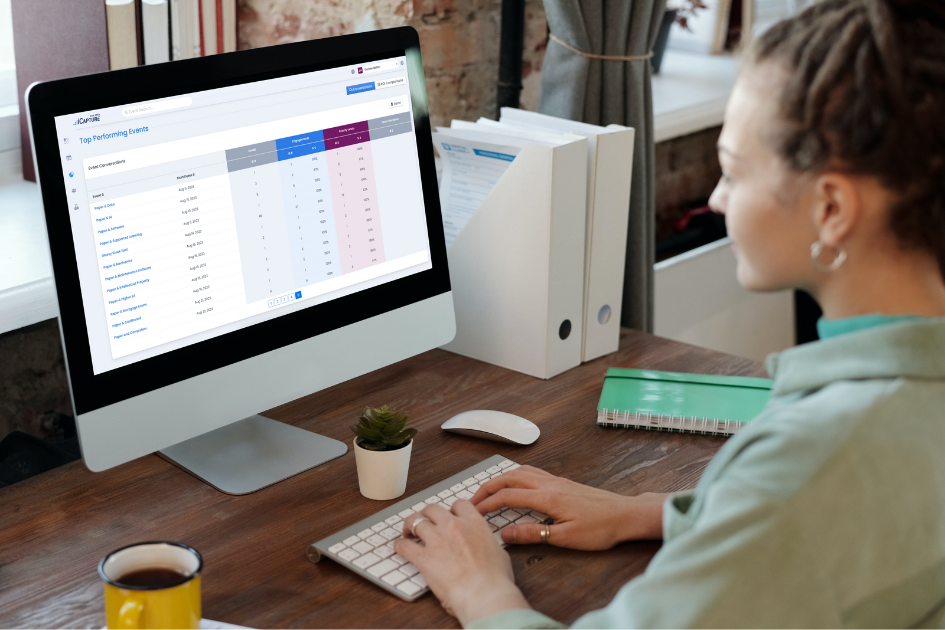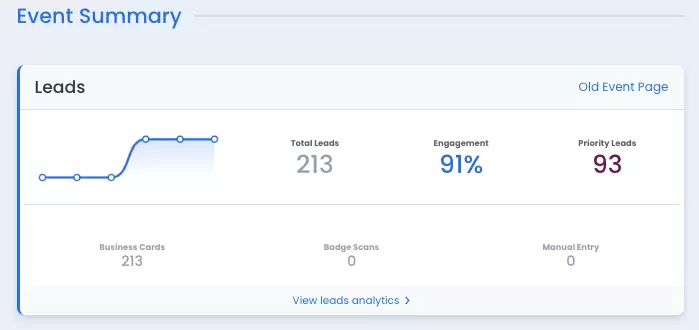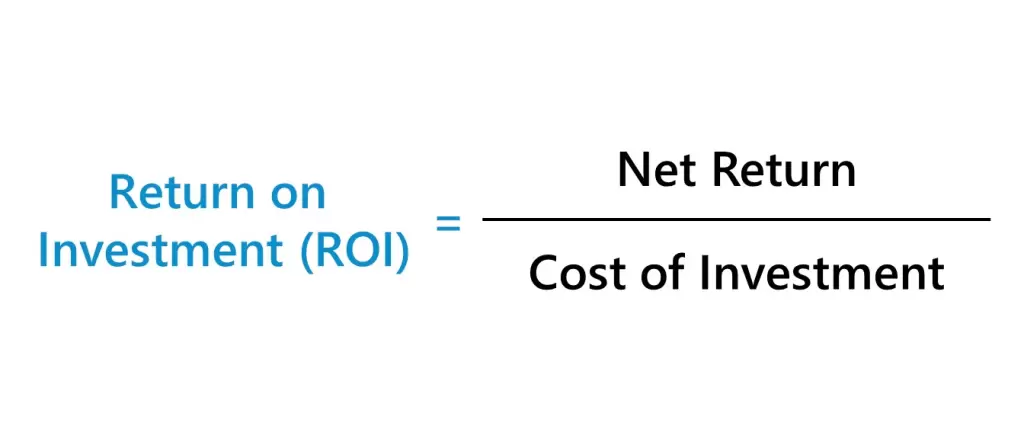In today’s digital world we are used to having a ton of data at our fingertips. However, when it comes to trade shows, data is a little harder to come by. How many times have you left an event knowing exactly how many hot leads are being passed onto sales? Or if your team hit your target cost per lead? Chances are, these numbers are not measured. Measuring trade show success is not as simple as other marketing tactics. To measure success, it's essential to identify your key performance indicators (KPIs) and trade show metrics. Explore the five crucial trade show KPI and key metrics you should be measuring. We also outline best practices for tracking. So let's dive into the data!
Why Is Trade Show Data Important?
Think about your revenue generating channels. Do you dump money into them but shrug your shoulders when it comes to their results? Your team is most likely tracking every dollar spent and trying to do everything to optimize your return on investment. So why is your trade show attendance different?
When you start treating trade shows as a revenue-generating channel and track the data, the results will follow. Data provides concrete metrics that represent the success of your trade show participation. Measuring how many leads are generated, conversion rates, and ROI helps you identify areas for improvement. This helps you make informed decisions about which trade shows to exhibit at. So which KPIs should you be measuring at a trade show?
- Total Leads Captured
- Amount of Priority Lead Captured
- Cost Per Lead
- Lead Follow-Up Time
- Return on Investment
1. Total Leads Captured
One of the most basic, but crucial metric that we use to measure trade show success is total leads captured. These can be badge scans, business cards, form fills, or any other way you capture leads and attendee information at your trade show. Although these aren't all going to be closed/won deals for you, they are important to track as you would a click on an ad or registration for a webinar. These leads have the ability to be potential customers or existing clients. Measuring this number can be difficult depending on your trade show lead capture solution.
Business cards:
When collecting business cards at a trade show, it can be difficult to track the total number of leads. What do you expect to happen when you have multiple reps bringing back stacks of business cards? They get left in briefcases, hotel rooms, and fall through many other cracks.
Trade Show Provided Lead Capture Solution:
Whether this is a badge scanner or a show-provided app, both have their own costs and costly delays. It can take weeks after an event for the shows to send you your spreadsheet of leads. You eventually get to see the number of leads captured, but not in real-time.
Lead Capture App:
An intelligent trade show lead capture solution like iCapture, tracks your data in real-time. As you capture leads, they are automatically sent to your CRM. This makes it very simple to see the number of leads captured.
Tracking total leads captured is an important metric for a couple reasons. You are able to assess the level of interest generated in your offerings. You also are able to evaluate the effectiveness of your trade show booth strategies.
2. Amount of Quality Leads Captured
This is where we go past the obligatory badge scan or exchange of a business card. Why? Because not all trade show leads are created equal. They can range from trick-or-treaters, to purchase-ready leads. Prioritizing and capturing high-quality leads is essential for optimizing your trade show ROI. So what is a qualified/priority lead? This is what your sales team and marketing teams agree is a lead that is ready to buy, or will be soon. Factors such as buying timeline and decision-making authority have an impact on the quality of the lead. Before the trade show, it is important to train your team to identify and capture priority leads. This KPI helps you determine which percent of your total leads are priority SQL's.
The easiest way to prioritize leads on the spot is with a lead capture app. With iCapture, you can make custom qualifiers on your lead form. Based on the leads data, we automatically rank and prioritize those leads. They are then sent to the appropriate campaigns in your CRM/MAP.
So what should your priority lead numbers look like at a successful trade show? With millions of leads going through the iCapture system we have determined an industry standard. We see an average of 1 priority lead for every 7 leads captured.
3. Cost per Lead
Cost per lead is a great KPI to compare the success of your trade shows with your other marketing efforts. You can calculate this metric by dividing the total cost of the trade show, by the number of leads captured. The result will provide you with the average cost per lead acquired during the trade show. The comparison between cost per leads from your successful trade shows versus other marketing efforts can help paint a picture of what efforts are the most cost-effective. Based on these results, you can tailor your plan and allocate resources effectively.
At iCapture, we understand the importance of managing and tracking your trade show results. That is why we make it easy to track with our analytics dashboard. With the dashboard, you can say goodbye to the days of manually calculating cost per lead from each event. You simply input your event budget, and we handle the rest.
Follow-up Speed
How long does it take your team to initiate contact with leads after a trade show? Your lead follow-up speed plays a significant role on your closed-won rate. This is because 50% of deals go to the first company to follow up after an event.
The speed in which you follow up depends heavily on the lead capture solution you use.
Business Cards collection or handwritten forms usually cause the longest follow-up delay. This is due to the time it takes for the sales team to physically hand over the leads. Then it takes time to manually enter them into your CRM/MAP.
Show-provided lead capture solutions like badge scanners or show apps also cause delay. Even though you receive your leads digitally, it can take weeks for the show to send over the data.
With iCapture, your follow up is immediate - we're talking minutes from collecting the lead. Since iCapture connects to your CRM, your leads are instantly uploaded with no delay.
5. Return on Investment (ROI)
One of the most important KPIs to measure is your event ROI. No matter the marketing channel, ROI is the universal source of truth. To calculate ROI, subtract revenue generated by the cost of the trade show. Then divide that number by cost, and multiply it by 100. A positive ROI indicates a profitable trade show. A negative ROI suggests room for improvement. Keep in mind the length of your sales cycle, as it may take some time to see that positive ROI.
Learn more by reading, How To Accurately Measure Trade Show ROI.
No matter how we want to look at it, trade shows are a revenue-generating channel. Just like the rest of our channels, visibility and KPI’s are extremely important to gauge success. It is important to know which KPIs are important to your team, and to set your goals ahead of time. Gathering this data is seamless when using intelligent lead capture apps. Armed with a data-driven approach, you can optimize your strategies for future trade shows.



